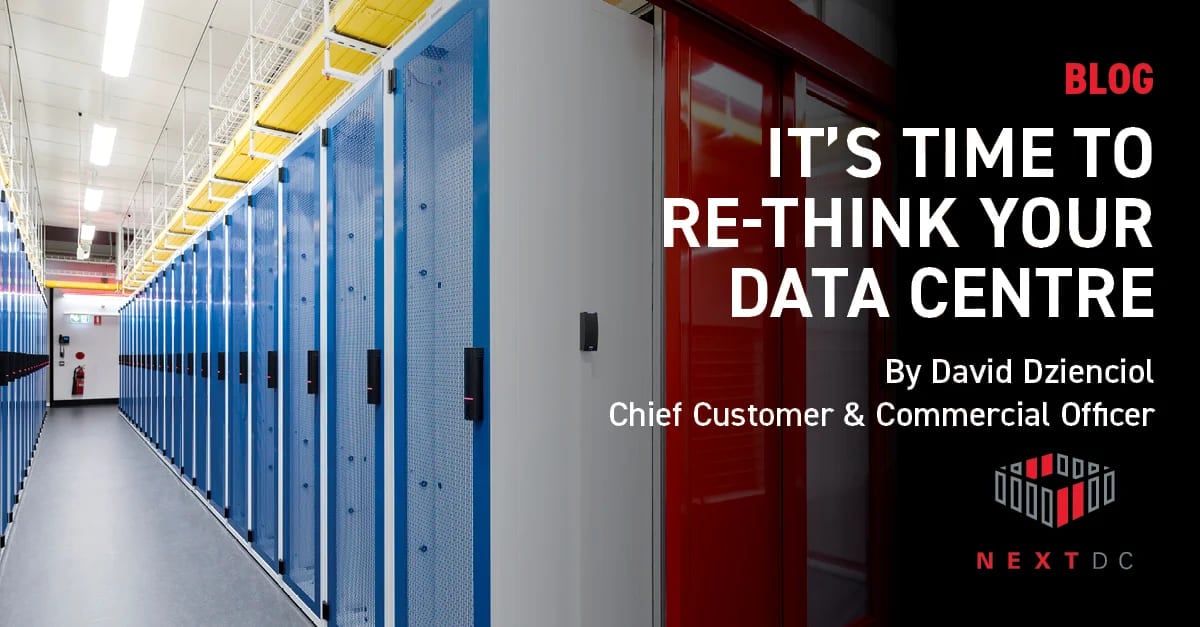By Adam Gardner, Head of Products
For many, 2020 highlighted the fact that public internet often can’t provide the reliability and flexibility of performance required for effective cloud connectivity. Optimising connectivity to public clouds and other IT services with a dispersed workforce is one of the biggest challenges organisations face today.
Once the variability seen on public Internet connections are removed from the mix, troubleshooting performance issues becomes radically easier as network performance is stable and predictable.
In a Multi-Cloud world, having access to many direct-to-cloud on-ramps allows you to quickly make new connections into hyperscale cloud providers like Amazon, Microsoft, Google, Oracle and IBM. By directly interconnecting your IT environment and your clouds your traffic is routed straight into the cloud , without varying paths or packet delays. This kind of direct access dramatically reduces latency resulting in improved performance and productivity.
Interconnectivity delivers an optimised route across lightning-fast private national networks, resulting in minimal latency and jitter. In addition, the Service Level Agreement (SLA) with cloud providers starts from the moment you access that cloud on-ramp. This directly translates into guaranteed uptime for your cloud services, and reduced risk that comes with less reliable public internet.
Making a direct cloud connection
Most large organisations are already in buildings served by telco fibre and they’re currently getting their internet and WAN connectivity via this infrastructure. Provisioning a direct connection to cloud infrastructure is often simply a matter of getting your preferred telco to configure a new service within existing fibre paths. This can deliver the equivalent of point-to-point dedicated fibre, at a fraction of the cost.
It’s even easier if your physical IT footprint is housed in a colocation data centre such as NEXTDC. From here, you’re a standard Cross Connect away from being directly interconnected to your clouds or the AXON software defined multi-cloud ecosystem. Performance-wise, it’s the closest thing to having unlimited high-performance physical machines in your office building, but without the specialist skills burden or capital expenditure costs associated with managing it. If you’re in a NEXTDC data centre, you can connect to these hyperscale cloud providers via a single connection for just over $100 per month, providing up to 10 Gigabit connectivity to that provider. By comparison, a 10 Gigabit private link to your office may cost 100 times that amount or up to $10,000 per month.
Let cloud do the heavy lifting
The whole point of cloud is to let massive computing resources do the data crunching for you in data centres you don’t have to manage. For pure cloud instances, that philosophy holds true. But the prevalence of Hybrid Cloud – where there is a mix of physical and virtual machines – in most companies means data is still accumulating and being processed on-premises in conjunction with workload being processed in the cloud.
This means that the link between the company’s own data centre and the cloud needs to be architected for optimal performance. By colocating your physical infrastructure in a hyperscale data centre where your clouds are located, you not only have the benefit of resilience and security at the highest standards but the fastest, most reliable and cost-efficient form of connectivity to your cloud and IT services.
‘No strings attached’ connectivity
Leasing high performance carrier fibre services often comes with long contracts to help the telco amortise the infrastructure spend over time. However, colocating your IT infrastructure at NEXTDC allows the heavy lifting of data to happen within the interconnected data centre network, ensuring costs are modest, flexibility is unlimited, and without any long-term lock in.
This is precisely why we built AXON – NEXTDC’s software defined virtual interconnection platform.
Once you’re on AXON – you can provision multiple virtual connections in minutes. Let’s say you have a big data transfer event on the weekend – a migration of your company’s data from an Exchange server to Office 365, for example – you can spin up a 10GbE connection to Microsoft on Friday and shut it down on Monday once your migration is complete, only paying for the time your connection was provisioned.
This kind of dynamic and elastic connectivity isn’t only available within core data centres in Sydney or Melbourne where most cloud availability zones reside. If you’re in Brisbane, where there are no hyperscale clouds hosted, and you need access to your cloud zone in Sydney, AXON is ideal as a high-speed intercapital solution to enable that seamless and reliable interconnection capability.
Taking advantage of the ecosystem
NEXTDC s partner ecosystem houses more than 70 carriers and partners. In a standard office building, there are generally one or two carriers available to service the building. Colocating where the major infrastructure providers reside offers far greater choice and flexibility that will help you achieve your performance improvement and cost efficiency outcomes.
As you look to better align your Hybrid Cloud architecture with your business strategy, partners like NEXTDC are here to help support you build a flexible, versatile, and resilient digital backbone.
The time and money you save on unnecessary real estate, inefficient network links and managing complexities will free you up to focus on what matters most, your business and your customers.
Talk to NEXTDC to find out how we can help you optimise your Hybrid IT environment.

